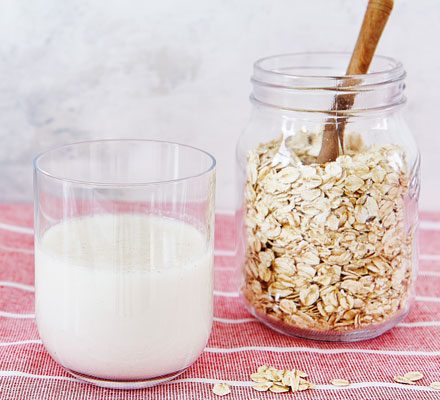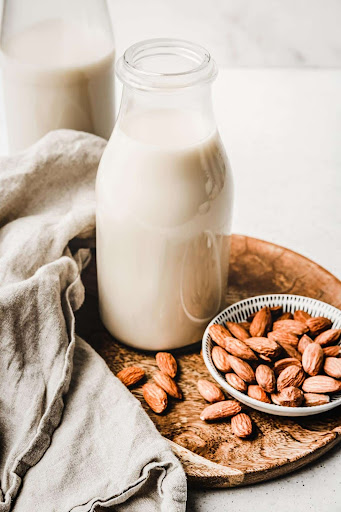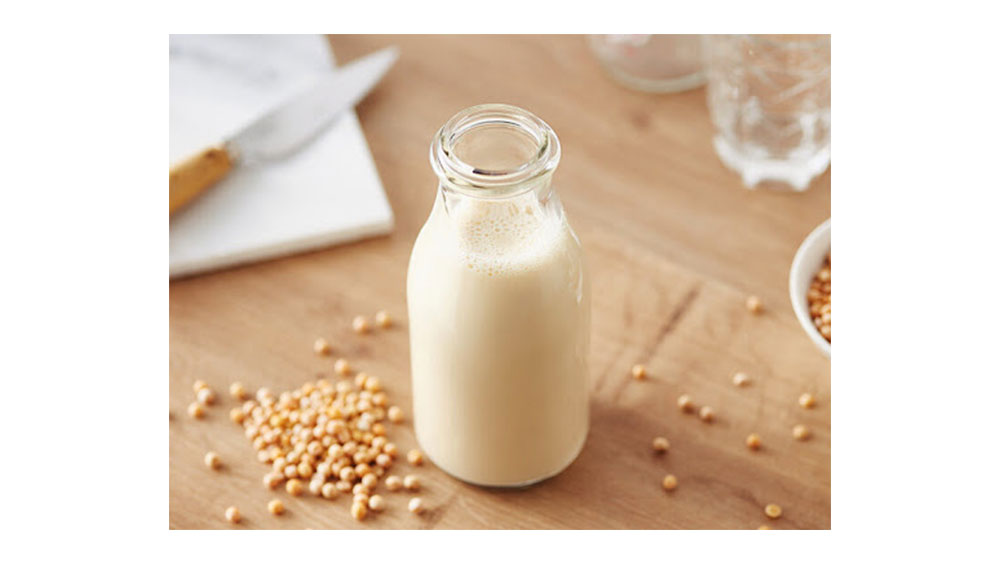Milk drinks containing coffee can be something utterly wonderful – they typically have a lot of rich flavors to offer, and they can combine those flavors with a smooth, delicate texture to offer a tasty beverage to anyone that might want one.
However, you might find yourself a little perplexed by the onset of different milk alternatives on the market at the moment. Not too long ago, your only real option was dairy milk, and perhaps soy or almond milk depending upon the cafe or supermarket you visited.
Well, nowadays, there are plenty of milk alternatives out there, and they all bring something unique to the table when it comes to coffee, or even just drinking them straight.
The main reason that these milk alternatives have come to the fore is the rise in environmentally conscious consumers. Companies have been marketing themselves toward a consumer that prefers to buy something with less impact on the planet, meaning that the products in question have slowly shifted in that direction too.
With that in mind, we’re going to run through a few of the top milk alternatives that are commonly on the market in most cafes and supermarkets. There are a lot of interesting things to be said about different kinds of milk in drinks, and we certainly hope that we can discuss a few of them here.
Soy

Soy milk feels like a wonderful place to start since it’s such a classic option. Soybeans are a really easy crop to grow, and they can be planted all over the world. This means that, when the beans are harvested and made into milk, the resulting liquid may not have to travel far to make its way into a place it can be bought from.
On top of these low food miles, soy milk is chemically similar to dairy milk in some interesting ways. The primary one of these ways is the fact that buttermilk can be made from soy milk. Buttermilk is a dairy product often used in baking to allow for the chemistry of baking soda to work efficiently. Most cooks make it in their own homes by adding lemon juice or vinegar to dairy milk and allowing it to stand. After a few moments, small solids are present in the milk, and it can be used as buttermilk.
This happens because there are some similar proteins in soy milk to dairy milk, meaning that the acid of vinegar or lemon juice will denature them in a similar way.
We would also be remiss to mention the fact that soy milk has a unique flavor. Nutty and creamy, it’s a little tricky to find elsewhere, though it is quite tasty! A number of people really like the flavor when it’s combined with coffee since the natural creamy nuttiness mellows a particularly bitter coffee.
Of course, this is down to the tastes of each individual consumer, but it is worth considering in a general sense, too.
The main downside of soy milk is the environmental impact that it can have. Some less reputable brands of soy milk will use soybeans that have been grown in the Amazon rainforest. This means that the natural forest will have been chopped down and cleared to pave the way for soybeans.
This damage to the ecosystem is, of course, bad. Negatively impacting the Amazon rainforest like that does negatively impact the world’s climate, leading to an increase in carbon dioxide and greenhouse gases.
Thankfully, the vast majority of soy milk brands use rainforest-free soybeans, meaning that their beans were grown elsewhere in the world.
Oat

Oat milk is a little more modern than the other kinds of milk in this article – it came to prominence in 2020 and has seen a slow rise since then. It’s quite simple, really – made from oats, which grow everywhere, that are soaked, blended, and strained. The end result is a creamy drink that has a simple, neutral flavor for coffee or any other applications.
The fact that oats can be grown in a wide range of different places means that not only is it great for the environment, but it can be quite affordable, too. This means that oat milk could present an affordable, sustainable milk alternative.
The main drawback that people mention when talking about oat milk is that it can be quite an odd color. While creamy, oat milk can have a strange beige-grey pallor to it. This doesn’t affect the flavor of the milk at all, but it does mean that the milk itself may appear a little unappetizing at first.
This may seem like a small thing, but since it poses a hurdle to a new range of coffee discoveries, it could, potentially, be quite negative indeed.
Almond

Almond milk, along with soy, is perhaps the oldest milk alternative on the market. Made from soaked, ground, and strained almonds, the drink has a very meaningful positive at first sip – it’s considered to be pretty tasty! It’s sweet and creamy in a way similar to dairy milk, though it does, of course, have a little less fat.
This means that it can be a wonderfully interesting liquid to add to coffee drinks since the uniquely nutty, creamy flavor can be quite delightful.
The main negative about almond milk is the environmental impact of growing almonds. Generally speaking, nut trees can take a lot of water to grow, tend to, and harvest from. More water is then used to soak the almonds and blend them. Overall, this means that their environmental impact can be more profound than you might expect.
The amount of water used for crops is generally less than that used for livestock, and this is the case when comparing almond trees to dairy farms. However, it’s still a weighty cost to consider.
Conclusion
We hope that this article has helped you learn a little about some milk alternatives, all three of which are vegan milk alternatives and could help to boost you toward making some delicious, fascinating lattes and cappuccinos.

